Introduction:
Badlands National Park, located in South Dakota, boasts striking landscapes, abundant wildlife, and a fascinating history. The park’s unique geological formations draw visitors from all around the world, and its ever-changing weather patterns only add to its allure. In this visitor’s guide, we’ll explore the weather conditions in Badlands National Park during each of the four seasons and provide insights on what to expect in terms of temperature, precipitation, sunny days, activities, camping, wildlife, and more. Whether you’re a first-time visitor or a seasoned adventurer, this guide will help you make the most of your time in the park, no matter when you visit.
Winter Weather in Badlands National Park
During the winter months, Badlands National Park is characterized by its cold temperatures and snowfall. On average, the park sees highs around 34°F (1°C) and lows around 11°F (-11°C), with January typically being the coldest month. Snowfall can vary greatly but generally accumulates to around 12 inches throughout the season.
Due to the often icy and snowy conditions, some park facilities and roads may be closed or have reduced operating hours. However, winter in Badlands offers a unique, serene beauty with snow-covered landscapes and reduced crowds.
For those who choose to brave the cold, activities such as snowshoeing, wildlife watching, and photography can be quite rewarding. Be prepared with warm layers, winter gear, and a reliable 4-wheel drive vehicle if driving through the park. Camping in the park’s winter months is limited, with the Cedar Pass Campground open year-round, but the more primitive Sage Creek Campground closed during this season.
Wildlife sightings can be rare in the colder months, but you might still spot bighorn sheep, mule deer, and buffalo roaming the park.
Spring Weather in Badlands National Park
As the snow melts and temperatures rise, spring arrives in Badlands National Park. This season brings highs averaging around 58°F (14°C) and lows around 34°F (1°C). Although spring is a generally wet season with increased precipitation, it’s also the perfect time to witness the park’s wildflowers in bloom.
The melting snow and increased rainfall can make some trails muddy and slippery, so proper footwear is recommended. Spring is also the start of the park’s peak season, and more facilities and roads begin to open up for visitors. Activities such as hiking, birdwatching, and scenic drives are popular during this time of year.
Both Cedar Pass and Sage Creek Campgrounds are open during the spring, providing ample opportunities for camping enthusiasts. The cooler temperatures and occasional rain showers make this an ideal time for tent campers.
Spring is an active time for wildlife in the park. Bison calves can often be seen, and prairie dog towns are bustling with activity. Additionally, this is a prime time for birdwatching as migratory birds return to the park.
Summer Weather in Badlands National Park
Summers in Badlands National Park are hot and dry, with average high temperatures reaching around 89°F (32°C) and lows around 60°F (16°C). While the heat may be intense, summer brings long, sunny days perfect for outdoor activities and exploration.
Most facilities and roads are open and operating at full capacity during the summer months. However, it’s essential to stay vigilant and monitor the weather, as severe storms and flash floods can occur.
Popular summer activities include hiking, wildlife watching, and participating in ranger-led programs. When hiking, make sure to carry plenty of water and start early in the day to avoid the most intense heat. Both Cedar Pass and Sage Creek Campgrounds are open during the summer months, offering a variety of camping options. Be prepared for warm nights and potential thunderstorms, as well as an increase in insect activity.
Summer is an excellent time for wildlife viewing in Badlands National Park. Bison, bighorn sheep, pronghorn antelope, and the elusive black-footed ferret are all more visible during this season. Additionally, the park’s numerous bird species, including burrowing owls, golden eagles, and various hawks, can also be seen.
Fall Weather in Badlands National Park
Fall is a beautiful time to visit Badlands National Park, with its cooler temperatures and vibrant foliage. Average high temperatures in the fall are around 65°F (18°C) with lows around 36°F (2°C). As the season progresses, temperatures continue to drop, so it’s important to dress in layers and prepare for cooler evenings.
Most facilities and roads remain open during the fall, although some may have reduced operating hours as the peak season winds down. This is also a great time to visit for those looking to avoid the summer crowds and enjoy a more peaceful experience.
Fall activities in Badlands National Park include hiking, scenic drives, and photography. The changing colors of the landscape make this an ideal time to capture stunning images of the park’s unique terrain.
Camping is still possible during the fall months at both Cedar Pass and Sage Creek Campgrounds, but come prepared for colder nighttime temperatures. Remember to check the latest weather updates before venturing out, as early snowstorms can sometimes occur.
Wildlife is still active during the fall season, and you might catch a glimpse of bison, prairie dogs, mule deer, and various bird species. Be sure to keep an eye out for the beautiful fall foliage, as well.
Conclusion
Badlands National Park offers a unique and memorable experience during every season. Whether you’re exploring the park under a blanket of snow in winter, admiring the blooming wildflowers in spring, hiking under the summer sun, or capturing the vibrant colors of fall, there’s always something new and exciting to discover. By understanding the park’s weather patterns and preparing accordingly, you can make the most of your visit, no matter when you choose to explore this incredible national treasure.

